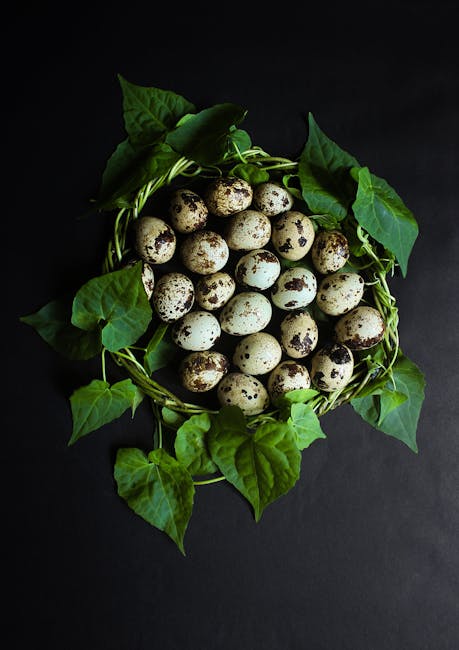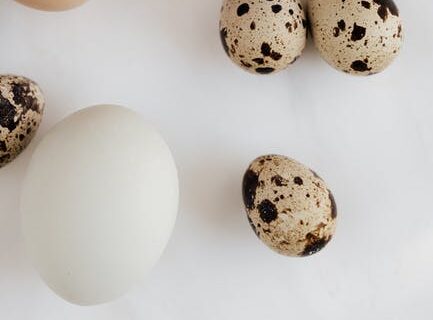Get Better Hatch Rates – Quail hatch rate explanation
Why you may not be getting a good hatch rate and what you can do to improve those hatch rates. Hatch rates is nothing more than the percentage of eggs that hatch out of a given set. So say you set 50 eggs and 25 of them hatch. You got a 50% hatch rate.
There are a lot of factors that can affect your hatch rate and probably one of the biggest ones is egg fertility. If the eggs not fertile It’s not going to develop and obviously it’s not going to hatch. Other factors include incubation temperatures, humidity, age of the eggs and whether or not they were properly turned while they were in the incubation process.
Fertility
If you’ve got young birds that have just become sexually mature and you notice breeding behavior in their cages, you may see the male chasing the hen around and we may mount her but he may not actually be inseminating her.
And in this case what you’re gonna want to do is give the the rooster a couple weeks even up to a month to perfect his technique, before you start collecting eggs from them for incubation. Another big one is the ratio of roosters to hens. You never want to go over five hens per rooster, preferably three or four. If you have too many hens and not enough roosters, the roosters won’t be able to service all the hens and you’ll end up getting some infertile eggs.
Incubation temperatures
In a forced-air incubator you want to set the temperature at 99.5 degrees and in a non circulated incubator like some of the HovaBator models you want it set at 101 degrees.
You also want to have a couple good thermometers that can monitor the temperature throughout the incubator. Regulators are known to be off a degree or two, so you want to set this up prior to placing your eggs in for incubation?

Humidity levels
The consensus online seems to be between 40 and 50 percent during the first 14 days of incubation and then bump it up to 65 percent during the lock down period.
I do what’s known as a dry hatch. I don’t put any water in the incubator for the first 14 days and then at lock down I’ll add about a cup of water to the tray and that always seems to work well for me.
Age of the egg at the time it’s set for incubation
If you collect eggs over a several day period, so you have enough eggs for incubation, just keep in mind that the fertility rates declined pretty rapidly after ten days. Try to keep it under seven days and you’ll get a better fertility rate. If you get eggs shipped in from a breeder, I recommend that you let the egg sit with the pointy end down for a period of 24 hours prior to setting them in the incubator.
Turning the eggs
The eggs need to be turned several times a day during the first 14 days of incubation. This helps to prevent the embryo from sticking to one side of the egg and this can be done using an electric egg turner or you can do it manually by hand. After lock down, you don’t need to turn the eggs anymore.
I hope this information will help you get better hatch rates – need more information on raising quail – get it here
Read also: Incubator forced air kit
